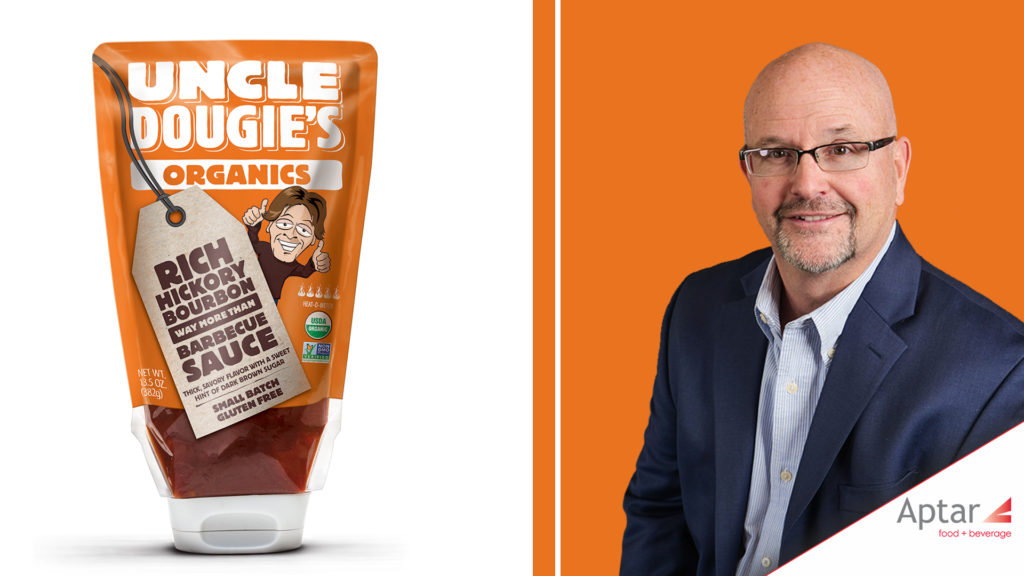By Dave Johnson, Director of Global Business Development for Flexibles
This article was originally published in Packaging Strategies’ November 2019 Issue.
It’s no secret that e-commerce is growing – Amazon shipped over 5 billion items worldwide in 2017, and announced that Prime members purchased more than 100 million products on Prime Day alone in 2018. The e-commerce channel itself grew 16% in 2018. With the surge of online shopping outlets, brands have opportunities to reach consumers like never before.
However, the channels’ rigorous supply chain poses unique challenges for brands and packagers, with the average package dropped 17 times before arriving at a consumer’s door, and the channel having about four times as many touch points as other channels.
These challenges have led companies to add buffers – such as air bags – to ensure products arrive to consumers undamaged. However, adding packaging protection often results in over packaging and unnecessary waste, and consumers are becoming more conscious of it, feeling frustrated and guilty when faced with “a box inside a box” and voicing “wrap-rage” in online reviews when products are hard to access, or when the packaging produces unnecessary waste.
With the rise in consumer demand not only for undamaged products, but also for sustainable, “frustration-free” packaging, some brands are getting ahead by moving to flexible packaging for their products.
Consumer Experience Meets Sustainability
Flexible packaging poses a unique opportunity to meet consumer demand, provide convenience and decrease packaging waste. This type of packaging can better withstand the rigors of e-commerce compared to rigid packaging – flexible pouches, for example, are less likely to tear open; and products such as foods, beverages, or liquids are less likely to leak or spill, but can still deliver high convenience when the pouch is paired with the right fitment and closure.
Waste Reduction
Flexible packaging often requires less materials and energy to product. The STANDCAP Pouch used for Uncle Dougie’s BBQ, for example, reduces fossil fuel use by 62%, greenhouse gas emissions by 75%, and water use by 80%, when compared to glass bottles, according to Glenroy. The pouch also features a unique closure system that helps reduce food waste, offering a controlled dispense and even product distribution, resulting in 99% product evacuation from the package. Flexible packaging offers brands an approach that results in less overall product and packaging waste.
Shipping Efficiencies
Because flexible packaging is lighter and takes up less space than rigid containers, brands can expect to gain shipping efficiencies throughout the supply chain. Unfilled rigid packaging can take up to 26 times the amount of space as unfilled flexible pouches, meaning packagers are essentially shipping and storing air. Once filled, rigid packages become heavier and costlier to ship than flexible packages filled with an equal amount of product, which also results in increased emissions and reliance on cardboard and plastic.
The Future of E-Commerce Packaging
As consumers continue to demand more sustainable packaging, and brands work to meet sustainability initiatives, it’s safe to predict that brands and packagers on the leading edge will opt for flexible packaging. Ultimately, when it comes to e-commerce, solution like flexible packaging gives brands the opportunity to differentiate themselves in the market and achieve their sustainability goals at the same time.

